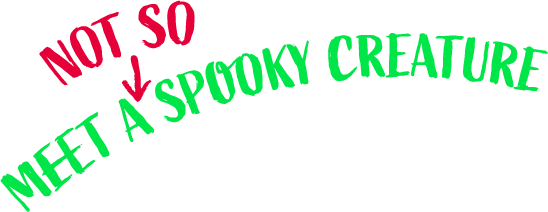
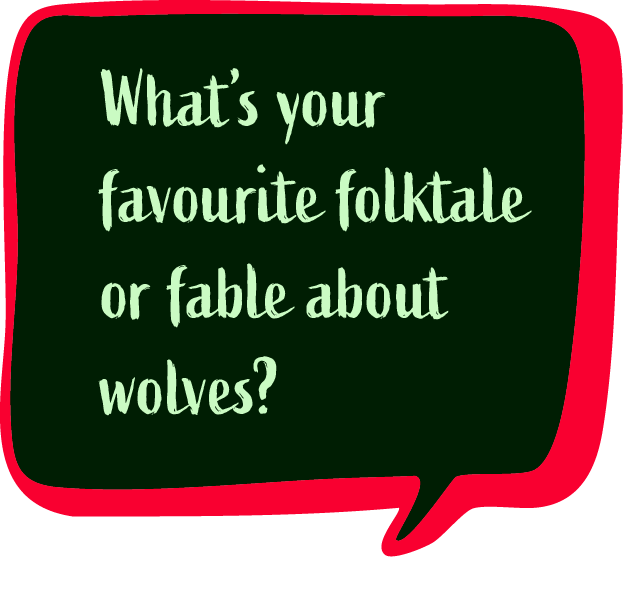
Think about the portrayal of the wolf pack in the jungle book by Rudyard Kipling compared to the fairy tales of Little Red Riding and Three Little Pigs. Which one is more accurate?
Did you know?
There are many sub species of wolf these are usually grouped under the Gray and Red wolf. Experts are still debating if the Ethiopian wolf is a true wolf or not.

Play the game: Fact of myth?
Can you find the truth? Test your family’s wolf knowledge.
8 must-know facts about wolves
How many of these amazing truths do you know about these mammals?
When wolves roamed Britain
Discover when wolves roamed Great Britain and why they disappeared.
Want to get an overview of wolves?
Ever heard of the Ethiopian Wolf?
Useful links
Wolves in Folklore
Hero or Villain? Learn why wolves became both symbols of strength and subjects of fear.
Werewolves
What is this sorcery?
Protecting European Wolves
Meet one of the many conservation activists trying to help change perspectives and protect the last of the wolves living in Europe.
Click to reveal the truth
Woops! Don't be tricked
This is a case of mistaken identity. The South American Maned Wolf has no close relation to the wolf genus canis. Instead, it’s more closely related to a small bush dog.
Click to reveal the truth
Woops! You've been tricked.
A wolf’s howl is a form of communication, usually intended for long distances. Wolves use different types of howls for different things.
A defensive howl will be used to keep threats away (including humans), among other things.
A social howl will be used to locate a pack member, rally together, or for fun.
Wolves are usually stealth hunters – so making a racket before they approach wouldn’t work in their favour.
Click to reveal the truth
Oops! You've watched too many spooky movies.
It’s just a bit of a coincidence.
When you think about when wolves are most active and likely to communicate, it’s at dawn and dusk when the moon may be present.
The wolves are howling at each other and sometimes to other wolf packs to mark their territory.
Click to reveal the truth
Sorry to burst your bubble!
Werewolves only exist in books and films. They are fictional creations from folklore originating from Ancient Greece.
Click to reveal the truth
Yes, they really did!
Experts think that wolves first arrived in the UK around 10,000-12,000 years ago. They most likely followed migrating herds across the land bridge from Europe.
Click to reveal the truth
Busted! It may surprise you to learn this...
Wild wolves are actually a family unit made up of a breeding pair (parents) leading their offspring. They rely on co-operation and teamwork and do not spend all of their time fighting to be the alpha of the pack.
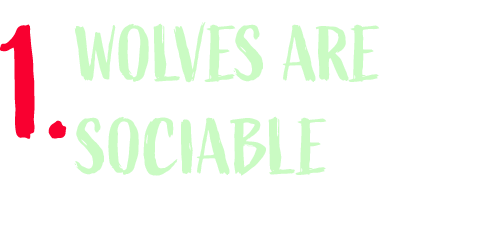
They live in family packs of 5-10 members, working together as a team to survive.
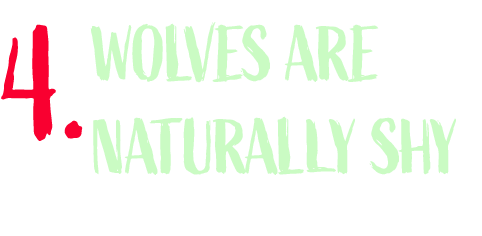
A healthy wolf will rarely approach humans. They are very wary of us and will usually move away when they detect humans nearby.

Wolves form strong pair bonds for life.
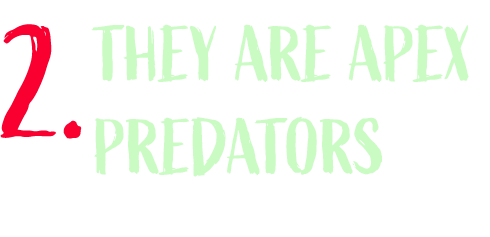
This means that they are at the top of the food chain. Their main predators are humans.
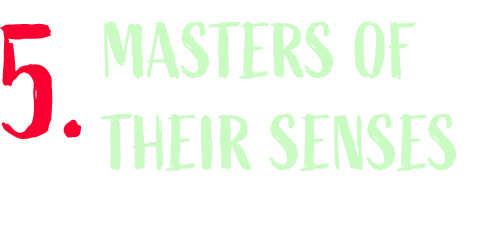
Wolves use most of their senses to communicate with each other. They rely on all of their senses to read subtle cues and communicate.

The whole pack helps to raise pups and offspring.
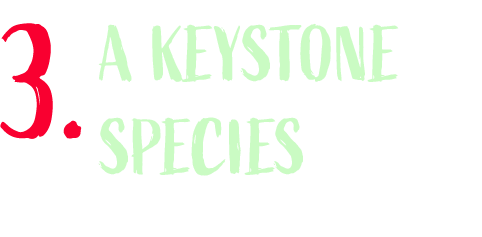
As apex predators they control herbivore populations and stop them from overgrazing.
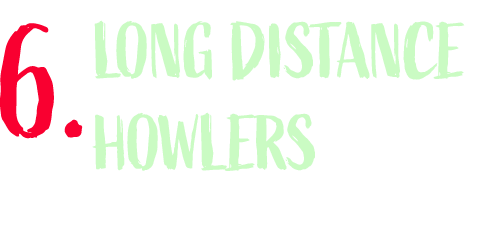
A wolf’s howl can be heard from up to 10 miles away!
🤔 Think About It:
Why do you think they can do this?

Wolves were not always creatures of legend in Great Britain. Once upon a time, they were part of our wildlife. They arrived after the last ice age over 10,000 years ago. Archaeological digs have discovered their remains throughout the country, including the complete skeleton of the Helsfell wolf from the 12th century. Such remains illustrate a time when these apex predators existed as part of the British landscape, thriving and maintaining the ecosystem. Wolves were once revered in Great Britiain but this changed around 1000 AD when persecution of the wolf began.


Wolves have been used as symbols and metaphors for centuries. Communities around the world have used them in starring roles in countless tales, teaching members of their community lessons in how to behave and as warnings. The face of the wolf within folklore has often been two-sided. Some stories lean into their loyal, cunning, and brave nature, whilst others portray them as evil, savage beasts that are often a symbol of greed.

Aoooooe! Werewolves have captured our imaginations for centuries, becoming legends that have been feared but also endeared. They’ve inspired filmmakers and musicians too. In this article we’ll explore how they have been portrayed as shifted with times and beliefs.

Just as wolf populations across Europe were finally recovering after centuries of persecution, 2024 brought a crushing blow. The EU downlisted wolves from ‘strictly protected’ to ‘protected’ status—allowing countries to issue cull permits more freely across the continent.
The timing couldn’t be worse. Wolves were proving coexistence works: forests regenerating, ecosystems thriving, and rivers flowing better in countries like Germany, Italy, and Spain. But young conservationists like Leo, a Born Free ambassador, are fighting back—and you can too.

Here we have included a few links that you may find interesting or useful to explore.


From the big bad wolf in fairytales to the savage villains of myth, wolves have been unfairly cast and feared as the enemy for centuries. The reality of a true wolf’s nature is very different, and it’s time to separate the myths from the truth, discovering why these masters of nature deserve our protection.

Think about the portrayal of the wolf pack in the jungle book by Rudyard Kipling compared to the fairy tales of Little Red Riding and Three Little Pigs. Which one is more accurate?
Did you know?
There are many sub species of wolf these are usually grouped under the Gray and Red wolf. Experts are still debating if the Ethiopian wolf is a true wolf or not.




Click to reveal the truth
Woops! Don't be tricked
This is a case of mistaken identity. The South American Maned Wolf has no close relation to the wolf genus canis. Instead, it’s more closely related to a small bush dog.

Click to reveal the truth
Woops! You've been tricked.
A wolf’s howl is a form of communication, usually intended for long distances. Wolves use different types of howls for different things.
A defensive howl will be used to keep threats away (including humans), among other things.
A social howl will be used to locate a pack member, rally together, or for fun.
Wolves are usually stealth hunters – so making a racket before they approach wouldn’t work in their favour.

Click to reveal the truth
Oops! You've watched too many spooky movies.
It’s just a bit of a coincidence.
When you think about when wolves are most active and likely to communicate, it’s at dawn and dusk when the moon may be present.
The wolves are howling at each other and sometimes to other wolf packs to mark their territory.

Click to reveal the truth
Sorry to burst your bubble!
Werewolves only exist in books and films. They are fictional creations from folklore originating from Ancient Greece.

Click to reveal the truth
Yes, they really did!
Experts think that wolves first arrived in the UK around 10,000-12,000 years ago. They most likely followed migrating herds across the land bridge from Europe.

Click to reveal the truth
Busted! It may surprise you to learn this...
Wild wolves are actually a family unit made up of a breeding pair (parents) leading their offspring. They rely on co-operation and teamwork and do not spend all of their time fighting to be the alpha of the pack.


They live in family packs of 5-10 members, working together as a team to survive.

This means that they are at the top of the food chain. Their main predators are humans.

As apex predators they control herbivore populations and stop them from overgrazing.

A healthy wolf will rarely approach humans. They are very wary of us and will usually move away when they detect humans nearby.

Wolves use most of their senses to communicate with each other. They rely on all of their senses to read subtle cues and communicate.

A wolf’s howl can be heard from up to 10 miles away!
🤔 Think About It:
Why do you think they can do this?

Wolves form strong pair bonds for life.

The whole pack helps to raise pups and offspring.


Wolves were not always creatures of legend in Great Britain. Once upon a time, they were part of our wildlife. They arrived after the last ice age over 10,000 years ago…


Wolves have been used as symbols and metaphors for centuries. Communities around the world have used them in starring roles in countless tales, teaching members of their community lessons…

Aoooooe! Werewolves have captured our imaginations for centuries, becoming legends that have been feared but also endeared. They’ve inspired filmmakers and musicians too. In this article we’ll explore how they have been portrayed as shifted with times and beliefs.

Just as wolf populations across Europe were finally recovering after centuries of persecution, 2024 brought a crushing blow. The EU downlisted wolves from ‘strictly protected’ to ‘protected’ status – find out what this means for wolves across Europe.

Explore the links that appeal below…

